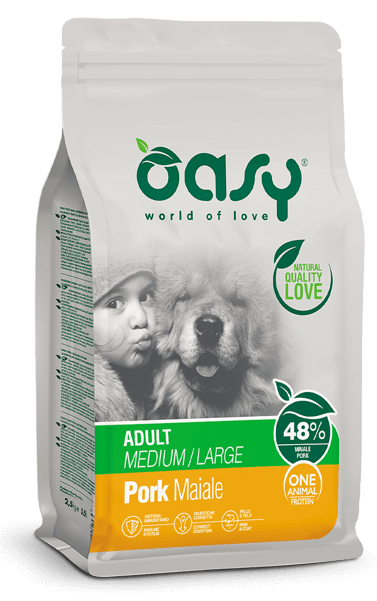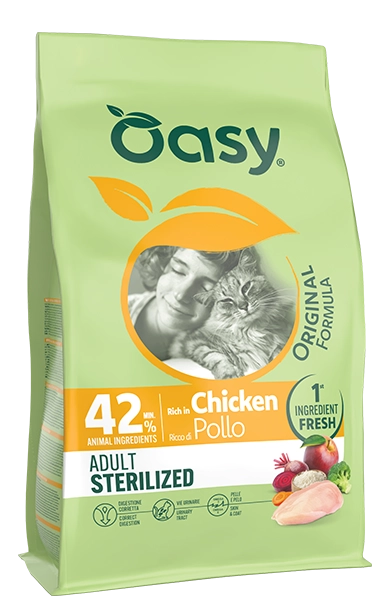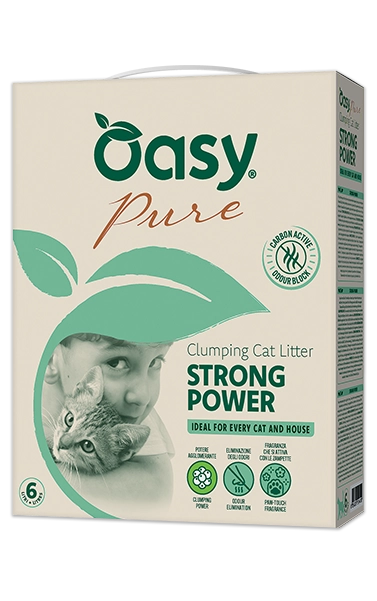Find out how you can ensure coexistence with no stress. A step-by-step guide for true harmony between the two species.
Making dog and cat cohabit in the same house may sound like a challenge, but it is not an impossible mission.
Some dogs and cats have been used to living with different species since they were little, and the relationship is completely natural for them.
However, this is not always the case and sometimes, it is necessary to
build coexistence from scratch.
With the right amount of patience and respect, these
cats and dogs too can learn to know each other and live together in a balanced way.
Coexistence needs to be
built with daily gestures, small progress and the ability to read both pets’ signals.
The reason for this article is indeed to understand how to handle every stage of this journey: from the first encounter to daily coexistence, in order to reach a peaceful domestic harmony.
Dogs and cats living together: is friendship truly possible?
Yes,
dogs and cats can learn to peacefully live together, even when they have never experienced such a situation before.
The road to a harmonious life together is more delicate:
it requires graduality and
the ability to understand the characteristics of both species’ nature.
Every step needs to be
observed and guided by patience, because both pets should learn to read the other’s language with our support.
The idea of dogs and cats being naturally enemies belongs to the past. Of course there are differences, but they can be managed:
dogs usually have a more
playful approach while
cats prefer observing from a distance and deciding for themselves when to get closer.
Accepting these differences is the first step to build a stable and lasting balance, as explained in the article on
how to familiarise our dog with the presence of a cat.
In general,
building a good relationship between such different animals means
creating positive experiences from the first meeting.
It is in fact very important to
avoid forced situations and to let curiosity slowly turn into trust.
Only in this way can both dog and cat associate the other’s presence with pleasure and safety. In the next paragraphs we will see how to do it.
The first encounter’s strategy: how to peacefully introduce dog and cat
If dog and cat have never met each other, the
first meeting is a
crucial moment. It does not have to happen right away, but only when both are calm and have familiarized with the environment.
Creating a controlled and
safe context reduces anxiety and allows them to build a positive association: familiar smells, respecting distances and constant supervision are the main ingredients.
The olfactory step
Before any kind of visual contact,
swap their blankets and toys. This will allow both dog and cat to
familiarize with the other
through their smell, this is fundamental for territorial animals like cats.
You can also alternate the rooms where they normally stay, letting them explore each other’s traces. This is a natural way to reduce the initial tension and help them to get used to the new presence.
The first visual contact
When both pets seem calm, you can
arrange their first meeting. Keep your
dog on the leash and make sure that the
cat has high places where they can hide and retreat.
Do not force them to interact, let them decide on their own timings. Animals that are not used to share spaces need to observe each other without feeling threatened.
Signals to pay attention to
Carefully observe the
body language of both animals: this is the clearest way they have to express their emotions.
Ears back,
low and shaking tails,
hissing from cats or
growling from dogs are
signals that indicate
discomfort or fear.
A fixed gaze or slowed movements can be signs of tension too. In these cases, it is better to interrupt the meeting and let them calm down. You can try again later when the atmosphere is more relaxed.
Handling age difference: puppy or adult?
Age can mean a lot for a successful coexistence. An adult dog could show predatory instinct towards a kitten, while a puppy may seem too lively for an adult cat.
The general rule is to
adapt management to age and temper of each one, without ever forcing interactions.
Kitten and adult dog.
In this case it is fundamental to
control the adult dog, especially in the first weeks. The dog should learn to control curiosity and to not perceive the kitten as a prey.
At the same time, the
kitten needs
elevated places and escape routes. Prepare some areas in the house where they can rest safely and away from persistent stares.
Adult cat and puppy
Puppies are naturally very
playful and curious. For an
adult cat such energy
may be excessive and disturb their peace and their routine.
Teach your puppy
to respect boundaries with short sessions and
treats when they behave. Time and coherence are the best allies to establish a harmonious routine.
Adult cat and adult dog
When
they are both adults and don’t have past experiences with different species, building a balance
may take longer but it is still absolutely possible.
It takes a lot of persistence and an environment where both can feel safe. The secret is establishing distinct places for eating, playing and sleeping, without having them share their comfort areas.
With time they will learn to accept the other as part of the domestic environment without feeling menaced.
Some weeks of mutual observation, followed by
guided interactions and brief
moments together under supervision, will help them get used to each other.
Progress is often imperceptible at first, but every step contributes to building trust and serenity.
Essential tips (the daily routine)
Once the initial phase has passed,
stability of cohabitation depends on routine. A predictable environment makes them feel safe and reduces risk of conflicts.
In this case as well,
keeping coherent habits is the key: respecting mealtimes, play times and defining personal spaces.
Pets need clear points of reference.
Managing spaces, food and water
The bowls need to be in separate places so to avoid tensions during mealtime. Place the cat’s one on an elevated spot that the dog can’t reach: besides ensuring serenity, it helps the cat feel safe and respected.
In this way you will also reduce undesired behaviors such as coprophagia or stealing food.
To support their daily balance, it is important to choose
specific food for cats and for dogs.
In fact,
their nutritional needs are different, and
their food shouldn’t be exchanged: a meal thought for dogs does not provide cats with all the nutrients they need and vice versa.
Having different mealtimes also helps avoid jealousy and strengthens their routines.
Managing the litter box
Cats should be able to use the litter without feeling observed. Place it in a quiet room where the dog is not allowed, besides disturbing the cat, the dog may eat feces.
To know more about this, read our article on
how to choose the right cat litter, where you will find useful information on different types of litters and advice on where to place it.
Playtime
Playtime is an
essential part of a dog or a cat’s day, not only because they need to move, but also for
their mental wellbeing.
As explained in the article
“Playing is essential for dogs: reasons and tips” , playing helps dogs channel their energy and strengthen the relationship with their human.
At the same time,
it is a daily necessity for cats, useful to keep their brain active and to reduce stress, as told in the article
“Five daily activities for you and your cat” .
In the initial period of cohabitation, it is extremely important to
monitor every interaction:
playtimes need to be controlled.
If the dog chases the cat or shows too much excitement, calmly interrupt them and shift the dog’s attention to another activity, better if individual or with their favorite toy.
With time, they will learn to know each other and have a shared rhythm, until they can play together independently and with no tensions.
So, is life together possible for dogs and cats? Yes, it is.
Even if they are not used to a life together, it is possible. It requires time and perseverance, but the results are worth the wait.
With attention, respect and a little patience, even two animals that seem opposite can learn to live side by side.
Their friendship, built day after day, is one of the most authentic examples of domestic balance and shows the beauty of a bond that was born with trust.


